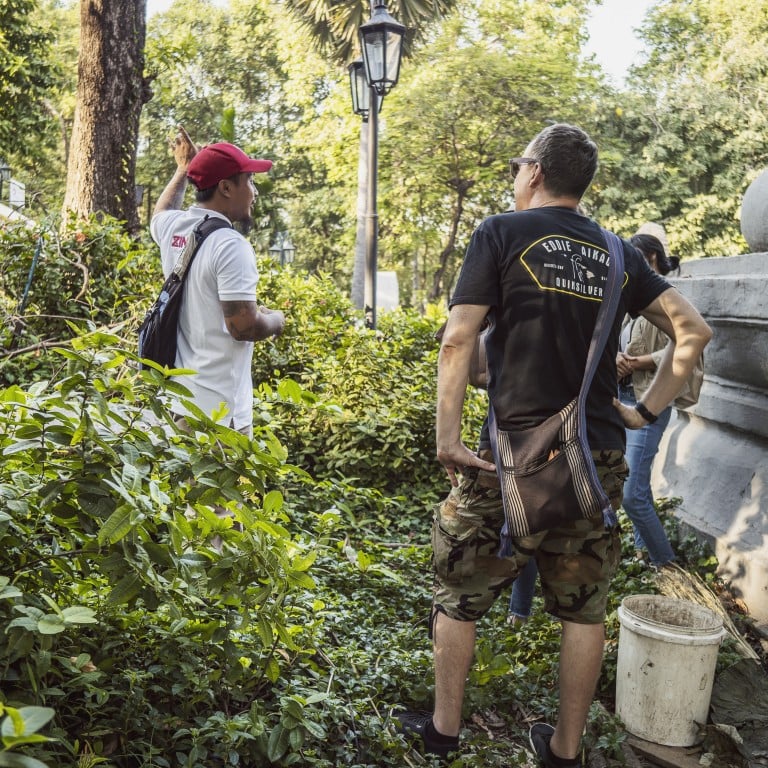
Deported from US to Cambodia for crimes, returnees find a purpose running offbeat tours for visitors
- Born in Thai refugee camps, they grew up in America; expelled to Cambodia, a country they’d never known, many struggle but a tour agency is changing that
- Zin Adventures shows visitors hidden aspects of Cambodia and its vanishing heritage, and shows deportees ‘they’re not lost, they are not alone’
Standing in the dappled shade of The Chinese House, an upmarket restaurant and bar in Phnom Penh steeped in history, the guides introduce themselves.
Deported from the United States to Cambodia, they are turning over a new leaf and inspiring their peers to do the same, with the launch of a tour agency that shows visitors hidden sides to the country.
Indonesia road trip: explore Java’s active volcanoes, idyllic waterfalls and endless beaches
It quickly becomes apparent that the five men have one thing in common – each has been exiled from the place they called home.
Bobby Orn, Bunthoeun Ly, Khan Hin, Buck Billy and Jimmy Hiem tell similar versions of the stories shared by the more than 700 Cambodians who grew up in the US and have been deported since 2002.
The majority recount being born in refugee camps on the Thai border, their families having escaped the horrors of the Khmer Rouge regime, under which almost a quarter of the population died between 1975 and 1979.

It is the introduction to a 90-minute walking tour of Phnom Penh’s historic European quarter, the latest offering from Zin Adventures.
As a social enterprise led by the deportees, Zin – Khmer for “original” or “unique” – aims to offer hope, support and employment to current and future members of their community struggling in their new lives.
“We want people to see that we have overcome our trials and tribulations,” says Buck Billy, who landed in Cambodia in 2011 after serving several prison sentences in the US drug-related offences. “If our story can help or move even one person to a better place, then I’m all for it.”
In the 1980s, the US offered refuge to some of those living in the Thai camps that dotted the border.
More than 178,000 Cambodians relocated to America, according to figures from the Khmer Vulnerability Aid Organisation – formerly the Returnee Integration Support Centre – which offers resettlement support to new arrivals.
Mozambique’s Bazaruto – a five-island haven both above and below the surface
Despite being granted permanent residence, refugees were not automatically given US citizenship.
In 2002, an agreement was signed between the US and Cambodia under which non-citizens who commit a crime, including minor misdemeanours, would be kicked out of the country and barred from re-entry. Deportations started immediately.
The Zin team tell of growing up in tough neighbourhoods riddled with poverty and crime, often falling into gang life and serving time in prison, and the explosion of emotions when told by ICE (Immigration and Customs Enforcement) officers that upon release they would be deported.
“I served with the US military,” says Bunthoeun Ly, also known as Looney. “I wanted to give something back to America because they took my family in after the war. I didn’t expect this to happen.”
He was deported in 2016 after serving half of a one-year sentence for minor offences.
Jimmy Hiem flashes his Cambodian identification card – something he had been fighting for since landing in the country 2½ years ago.
“I finally got it,” he says with pride.
He has been working tirelessly with various organisations and the government to ease the process for new arrivals to locate official documents needed to secure employment and have official proof of identity.
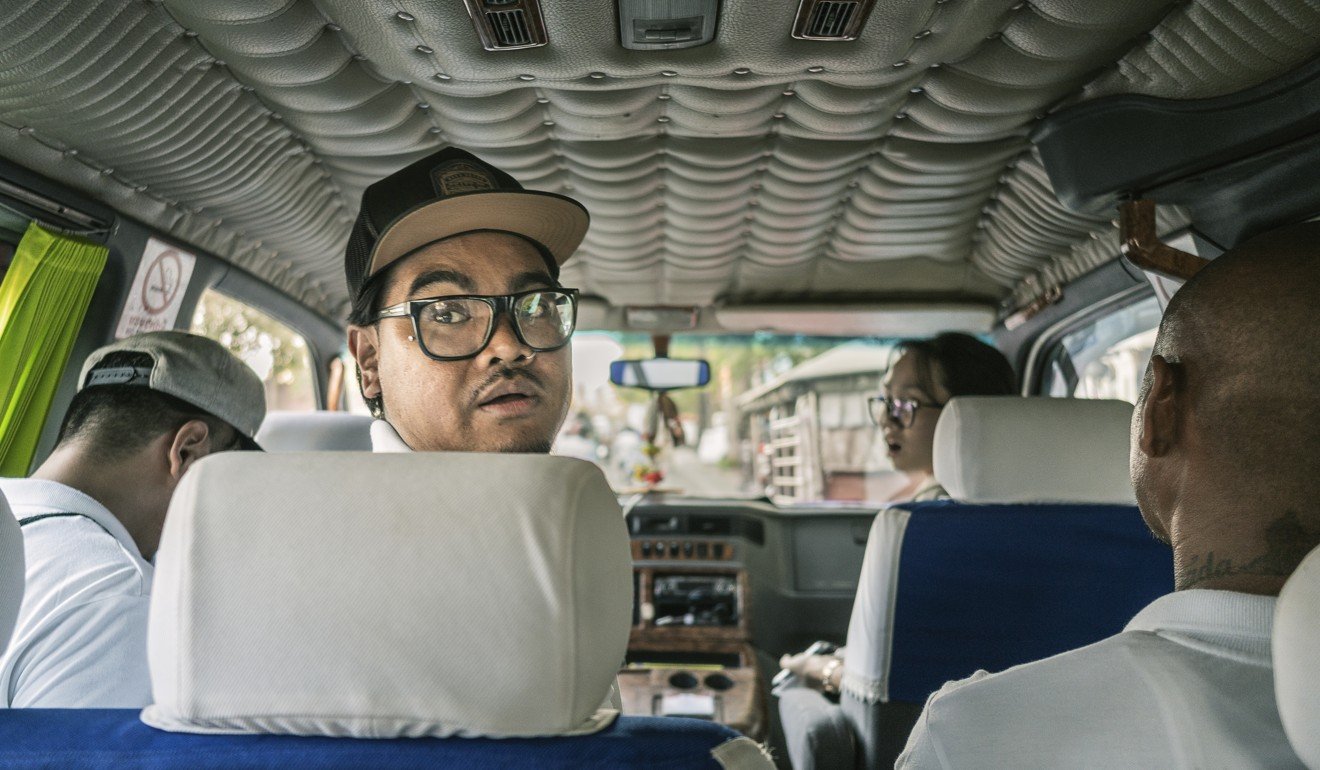
Torn from their families and the only way of life they know, many deported Cambodian-Americans slump into depression, and struggle to find jobs and acceptance.
“I never thought of myself as Cambodian,” says Buck Billy. “I’m American. When I arrived, I spoke very little Khmer and had never left my hometown of Philadelphia. It was a nightmare.”
I was down and out when I first got here, so I know how others feel. It’s tough. When I first landed it was like being sent to Mars
The 34-year-old met his newborn daughter for the first time through a glass window before being sent to Cambodia.
He recalls absorbing every detail of her face so it remains etched in his memory; he left America unsure when they would be reunited. She has since visited him twice.
“I was born in a refugee camp in Thailand. I’d never stepped foot in Cambodia until I was sent here,” says Buck Billy. “I was stripped of everything I knew: my family, my social life, my career, my home … But being away from my daughter is the hardest.”
The group founded Zin Adventures in April 2018 with the aim of training and recruiting fellow community members to introduce guests to unknown parts of the country and its past.
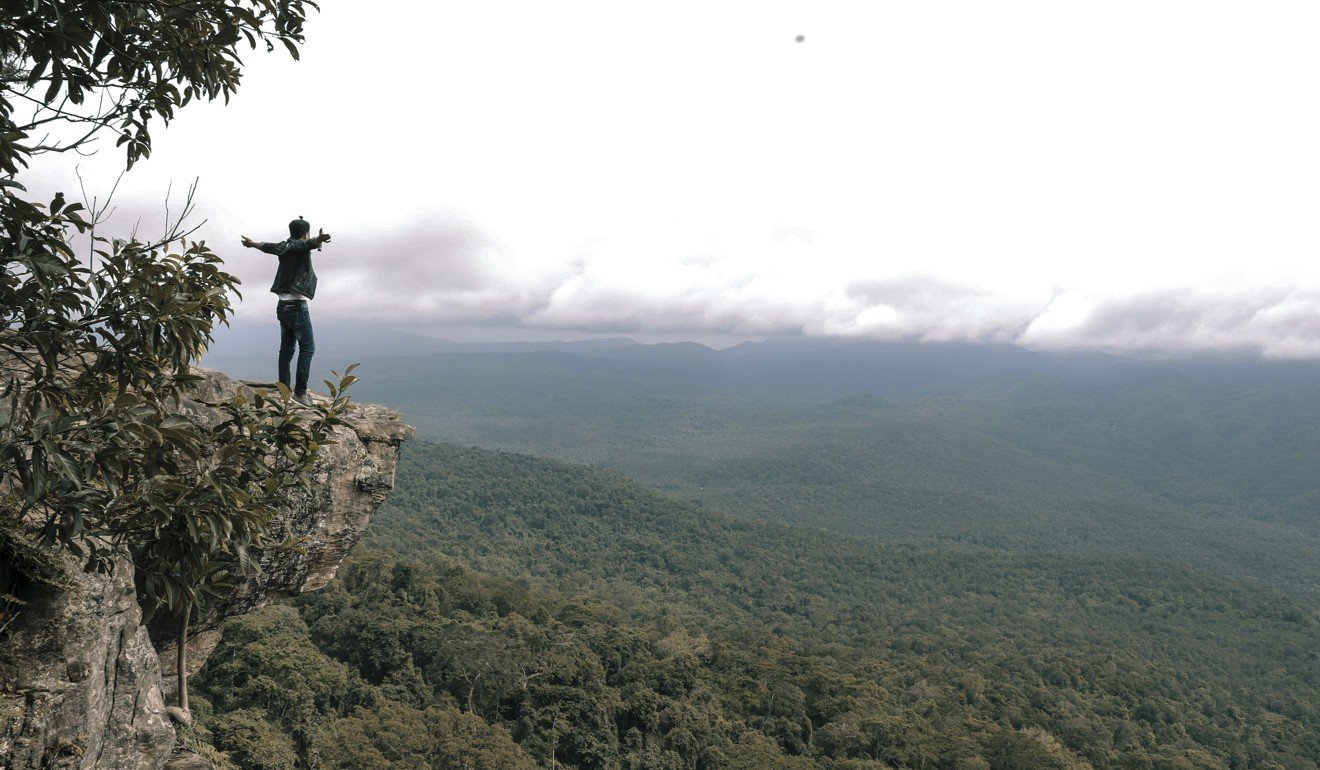
“We don’t want others to struggle any more, and we want to make our community work,” says Bobby Orn, 44, who landed in Cambodia in 2011 after spending two years in prison for drug offences and blue-collar crime, followed by another two-year detention with ICE.
“I was down and out when I first got here, so I know how others feel. It’s tough. When I first landed it was like being sent to Mars.”
Having come up with the idea of organising tours that scratch beneath the surface of Cambodia, Zin’s guides set about looking for locations, stories and hidden histories.
Kirirom, off the beaten track about 2½ hours from Phnom Penh in Kampong Speu province, was the first location selected.
Months were spent trawling the internet and scouring history books for facts, followed by site visits and interviews with locals. The result is an insightful day trip, which can be extended to three days, that goes into the heart of the sprawling pine forest of Kirirom National Park.

The tour covers Buddhist temples, fortune-tellers, tales of female Khmer warriors, Cambodian rock ’n’ roll, bloody battles, sacred shrines and crumbling decadence in the form of dilapidated villas built under King Sihanouk during Cambodia’s “golden age” in the 1950s and ’60s.
The Good Luck City Tour of Phnom Penh was launched in January. Again, months were spent seeking out hidden relics, intriguing spots and stories absent from guidebooks and in peril of fading.
Stop-offs include the grave of French opium distributor J. Fourcros (who died in 1876), hidden beneath overgrown foliage at Wat Phnom, and the house of Lon Non, the younger brother of Lon Nol, a key figure in the civil war of the early ’70s.
“We want others who are deported here to know they’re not alone and it’s not over. We have to take something negative and turn it into something positive,” says Khan Hin, 34, as the group walks through a network of narrow alleys that lead to the Convent of the Sisters of Providence of Portieux.
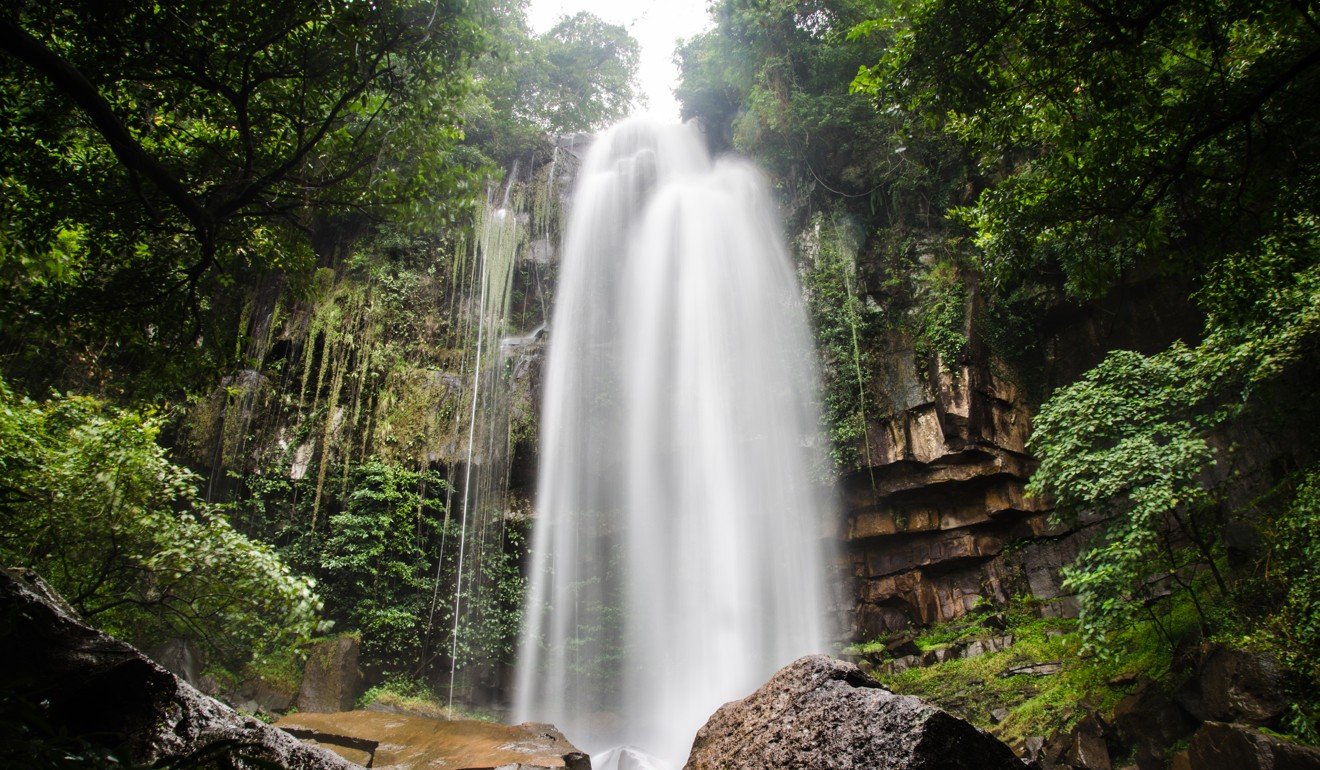
Built in 1881, it has served as an orphanage, school, theatre and taekwondo centre. Today, the once glorious building is a shadow of its former self and has been divided into cramped living quarters.
Other stops on the short walk include an ageing Chinese meeting hall dating back to the 1880s that has been converted into housing, and a sprawling Chinese school used as a base by Vietnamese troops during their campaign to oust the Khmer Rouge in 1979.
In back lanes lined with tiny tin-roofed houses, men huddle in the shade playing cards or Cambodian chess, colourful rows of laundry dry in the afternoon sun, and women gossip outside their homes.
“Now this is a real community. I love this place,” says Buck Billy, as he holds out his hand to high-five a group of young children crying out “hello” as they run by.
Final frontiers: six unspoilt islands for the intrepid traveller
As Phnom Penh undergoes rapid transformation and gentrification creeps in, these hidden pockets of the city teeter on the brink of extinction.
And in a country where most of its documented history was destroyed by the Khmer Rouge and ageing relics are being bulldozed to pave the way for a new Cambodia, Zin is helping to preserve these little-known stories for future generations.
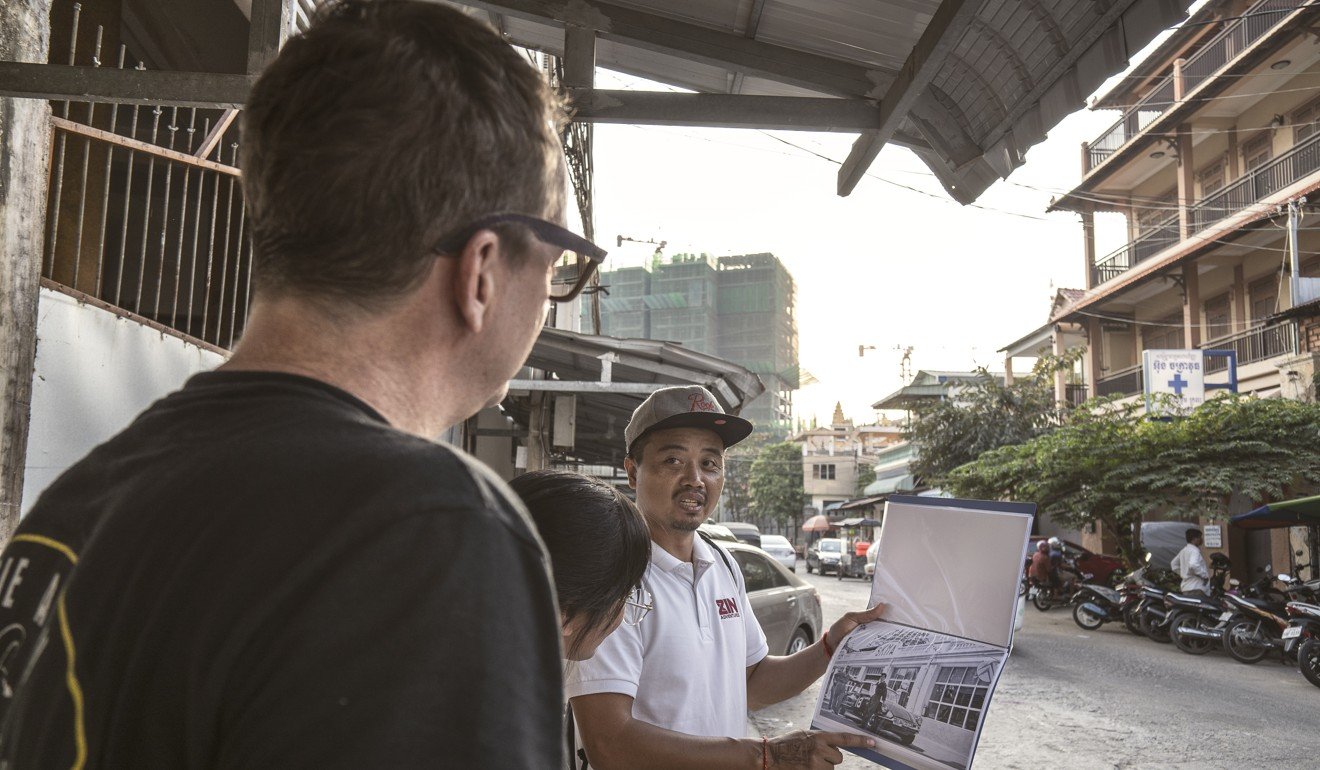
After a few more stops that include a pre-second-world-war Citroen car factory and a striking ’60s Hokkien temple, Zin rounds out its tour with an optional sunset boat trip on the Tonle Sap River.
Accompanied by choreographer Sophiline Cheam Shapiro, and members of her award-winning troupe, guests can learn Cambodian dance moves.
With plans to develop more tours, Zin wants to train and employ up to 20 deportees, and additional local staff.
This month, three of the latest group of 36 people to be deported from the US in December joined the team. With about 1,800 others waiting to be sent to Cambodia, according to figures from ICE, the Zin team has an arduous task ahead.
“It took me four years to realise I was actually here. It was really difficult,” says Buck Billy, who has also launched his own clothing line, LAA (Life After America). “When other deportees come, we want them to know they’re not lost. We want them to have some sort of direction and guidance, and know they are not alone.”
For information on Zin Adventures, visit zinadventures.asia

